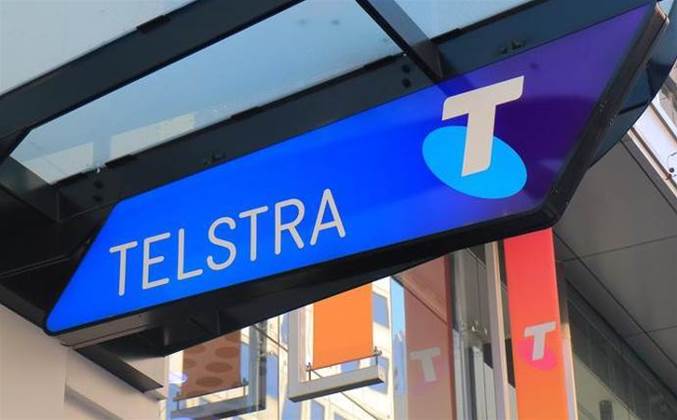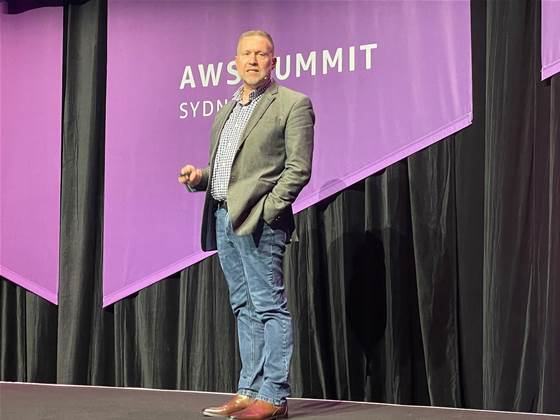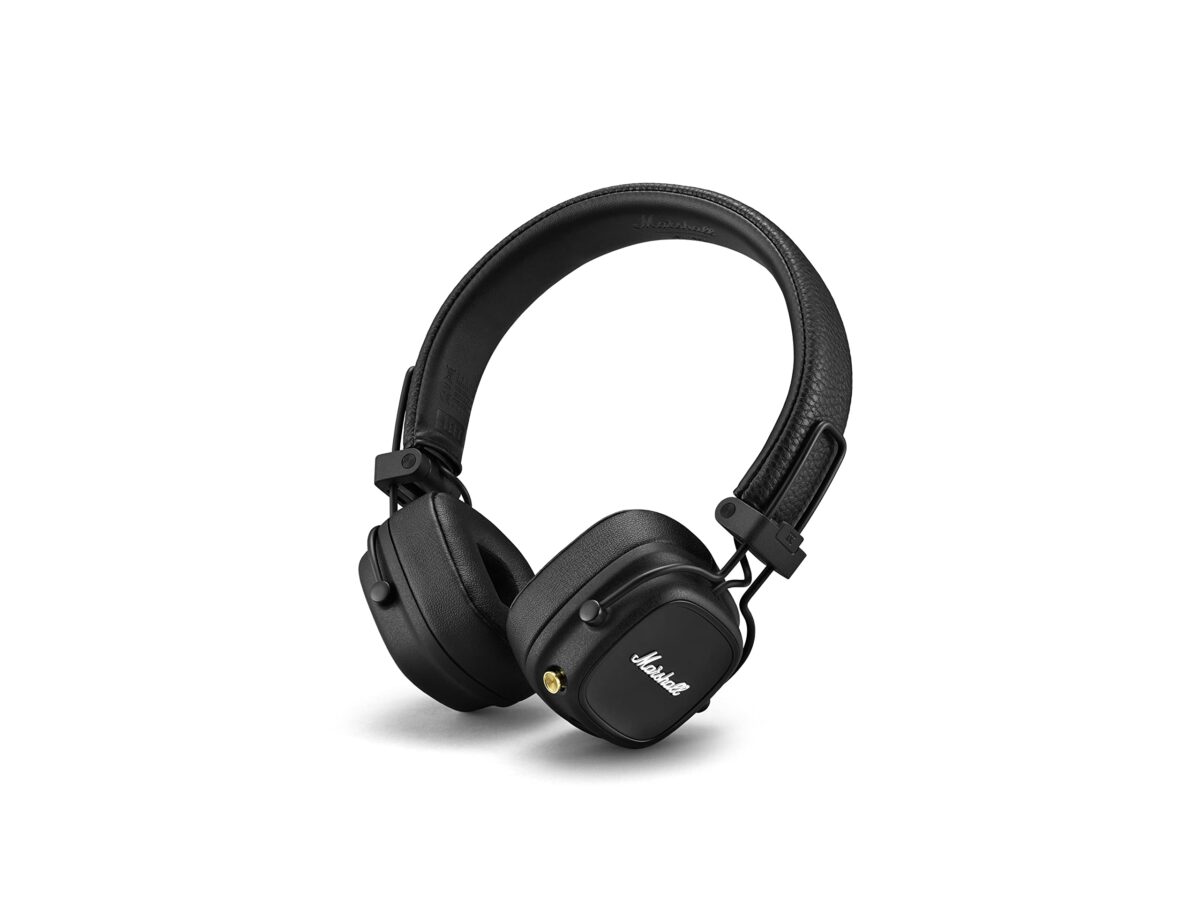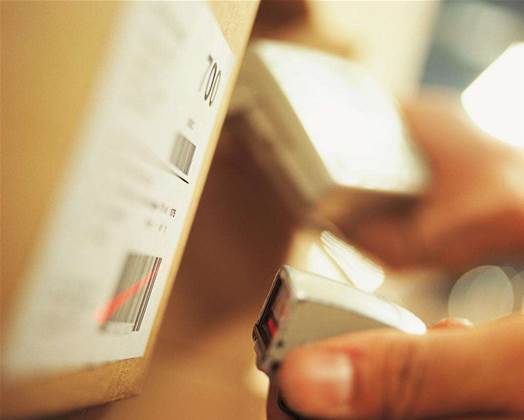Qatar Airways Elevates with Starlink: In-Flight Connectivity Boosted to 500 Mbps per Aircraft
We independently review everything we recommend. When you buy through our links, we may earn a commission which is paid directly to our Australia-based writers, editors, and support staff. Thank you for your support!
Quick Read
- Qatar Airways finalizes the implementation of Starlink across its Boeing 777 fleet.
- Travelers benefit from internet speeds reaching up to 500 Mbps.
- Installation done in only nine months, 50% quicker than initially estimated.
- Free Wi-Fi accessible in every cabin.
- Plans to upgrade the Airbus A350 fleet with Starlink are in motion.
Transforming In-Flight Connectivity
In a pioneering effort, Qatar Airways has finalized the integration of Starlink throughout its entire Boeing 777 fleet, providing travelers with exceptional internet speeds of up to 500 Mbps. This venture not only elevates the passenger experience but also establishes Qatar Airways as a frontrunner in long-haul and ultra-long-haul connectivity.

Rapid and Effective Installation
Initially expected to take two years, the installation was wrapped up in just nine months—almost 50% faster than projected. The refurbishment time per aircraft was slashed from three days to an impressive 9.5 hours, showcasing Qatar Airways’ dedication to efficiency and innovation.
Advantages for Passengers
Travelers in both Premium and Economy sections can now take advantage of complimentary, gate-to-gate Wi-Fi. Whether it’s streaming, gaming, or working online, passengers can rely on a connection that matches home internet quality, eliminating the hassles of slow and pricey in-flight Wi-Fi.

Expanding Fleet Capabilities
Building on the success seen with the Boeing 777s, Qatar Airways is now turning its attention to outfitting its Airbus A350 fleet with Starlink, with the goal of providing this upgraded connectivity to additional routes across its extensive network of over 170 destinations.

Conclusion
Qatar Airways establishes a new benchmark in in-flight internet connectivity by finishing the Starlink installation on its Boeing 777 fleet. With intentions to extend this service to the Airbus A350s, passengers can anticipate fast, reliable, and complimentary Wi-Fi on long-haul journeys.














